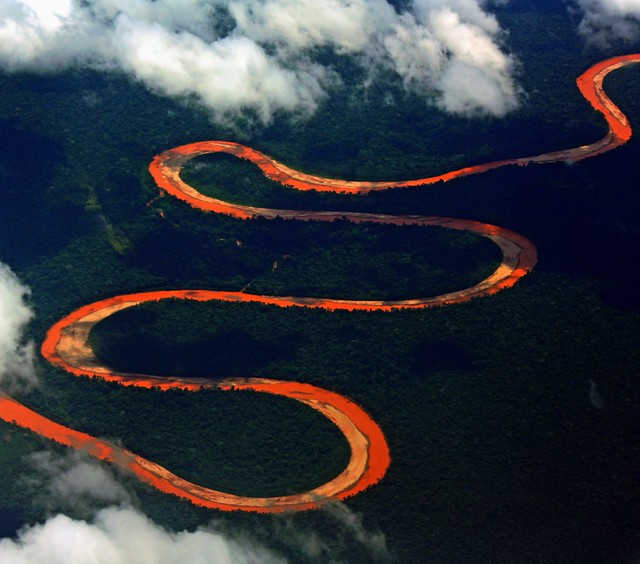Darwin - A City Guide
Regarded as a tropical paradise nestled on the crest Australia’s Northern Territory (NT), Darwin is a pool of most amazing diversions. The city, with its rambling landscapes, breathtaking nightlife and scrumptious gourmet delights attracts hordes of travelers from all across the world with cheapest flights deals.
Darwin prides itself in its unique and cheerful laid-back lifstyle that blends perfectly with its urbane persona. The city houses some world-class natural and cultural attractions apart from an apulent base of entertainment opportunities to keep you going cheap flights to Darwin from London.
For those who’re planning a trip to the town, here’s our list of places you cannot miss while holidaying here.
6 Best Sees and Dos in Darwin
Aquascene: Witness the abundant nature at the Northern Territory of Australia with a diverse marine ecosystem. You’ll come across stunning waterfalls, rivers, wetlands and bays that allow access to a large variety of fish. You can even come up and close with these adorable sealife at the crystal clear bays of Darwin.
Mindil Beach Sunset Market: The evening markets at the Mindil Beach with their stirring traditional souvenirs, and innumerbale leisure activities is a pursuit no one can afford to miss on a holiday trip to Darwin. Held every Thursday and Sunday night from April 25th to October, these are Darwin’s most sought after weekly markets and a popular hangout spot where you’ll get everything, right from various entertainment activites to a multitude of eateries offering international delicacies.
Museum and Art Gallery of Northern Territory: Having a remarkable collection of Aboriginal art and the startling Cyclone Tracy display, Museum and Art Gallery of Northern Territory is another fantastic place to visit in the state. The Cyclone Tracy features a small, dark room where you can listen to a tape recording of the cyclone’s screeching winds that will keep you engaged with its thrilling effect.
Darwin Crocodile Farm: The Northen Territory boasts a wealthy wildlife and one place that adds value to its treasure is the famous Darwin Crocodile Farm. The farm houses more than 30,000 animals and operates as a ranch that protects, preserves and promoted wild crocodiles of the region. People book cheap flights tickets to visit this fascinating site where you can observe these deadly reptiles being fed and pampered in their natural surroundings.
Events in the Town: It’s a good idea to visit Darwin around some of its popular festivals to make most of your holiday in the deistrict. The Darwin Cup Carnival that kicks off in July and the Darwin festival in August are two great oppurtunities to delve into the colorful and vibrant culture of this Asutralian state.
Fishing in Yellow Water: A favourite of the fishing enthusiasts, Darwin houses some gripping fishing spots that are a short distance from the town and offer real treat to both beginners and experts. The Yellow Water in Kakadu National Park or Finniss River near Dundee is places you can head for some barra fishing.
Photo by kenhodge13 via Wikipedia CC
















